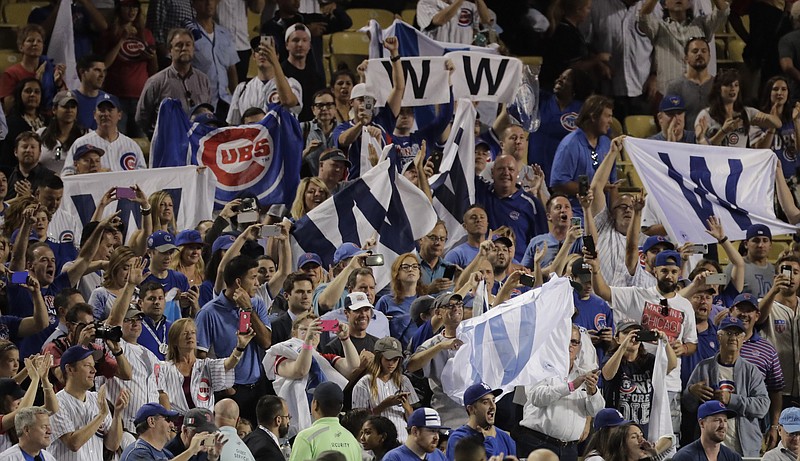Today, with the first game of the 2016 World Series between the Chicago Cubs and the Cleveland Indians in the books, our minds are on the late Ernie Banks, perhaps the best player ever to play for the Chicago Cubs.
Banks, who was long known as "Mr. Cub," got his start in the game when his father bought him a glove at a 5 & 10-cent store and motivated him to play catch with nickels and dimes. The elder Banks, who'd been a construction worker and warehouse loader, had played with black, semi-professional teams in Texas before professional baseball was integrated.
We think of Banks not only because he would love to have lived long enough to see his beloved team in the World Series but because he was one of many black baseball role models in the 1950s and 1960s. And he - and many other black baseball superstars of the era like Willie Mays, Hank Aaron and Bob Gibson - were role models to both black and white youth.
However, according to a new report by the Austin Institute, black representation in the game has dropped from 18 percent in 1981 to just 7 percent, the lowest mark since black baseball pioneer Jackie Robinson retired in 1959.
The reasons are many. The growing popularity of the National Football League and the National Basketball Association since the 1950s and 1960s is one, but the authors of the report say their data indicates a potential explanation of the disappearance of the black player is the absence of a father in the home.
Nothing is so quintessential American as a father and son playing catch. But the report shows that the greatest decrease in black pro baseball players - in the 1990s - came roughly 20 years after the time period of the greatest decrease in black children born to married parents.
It goes on to say that children are about 25 percent more likely to play baseball when they live with a father in the home. You can check it out at http://www.austin-institute.org/wp-content/uploads/2016/10/Called-Out-At-Home.pdf.
We could discuss the Johnson-era Great Society programs that have been shown to have fostered the rise in single-parent homes, but that's an argument for another day.
Today, instead, we mourn for all children who don't have two parents in the home. It's possible, of course, to have a perfectly fine childhood in a single-parent family, but reams of statistics prove the odds are much more in favor of a better life for a child when two parents are present.
